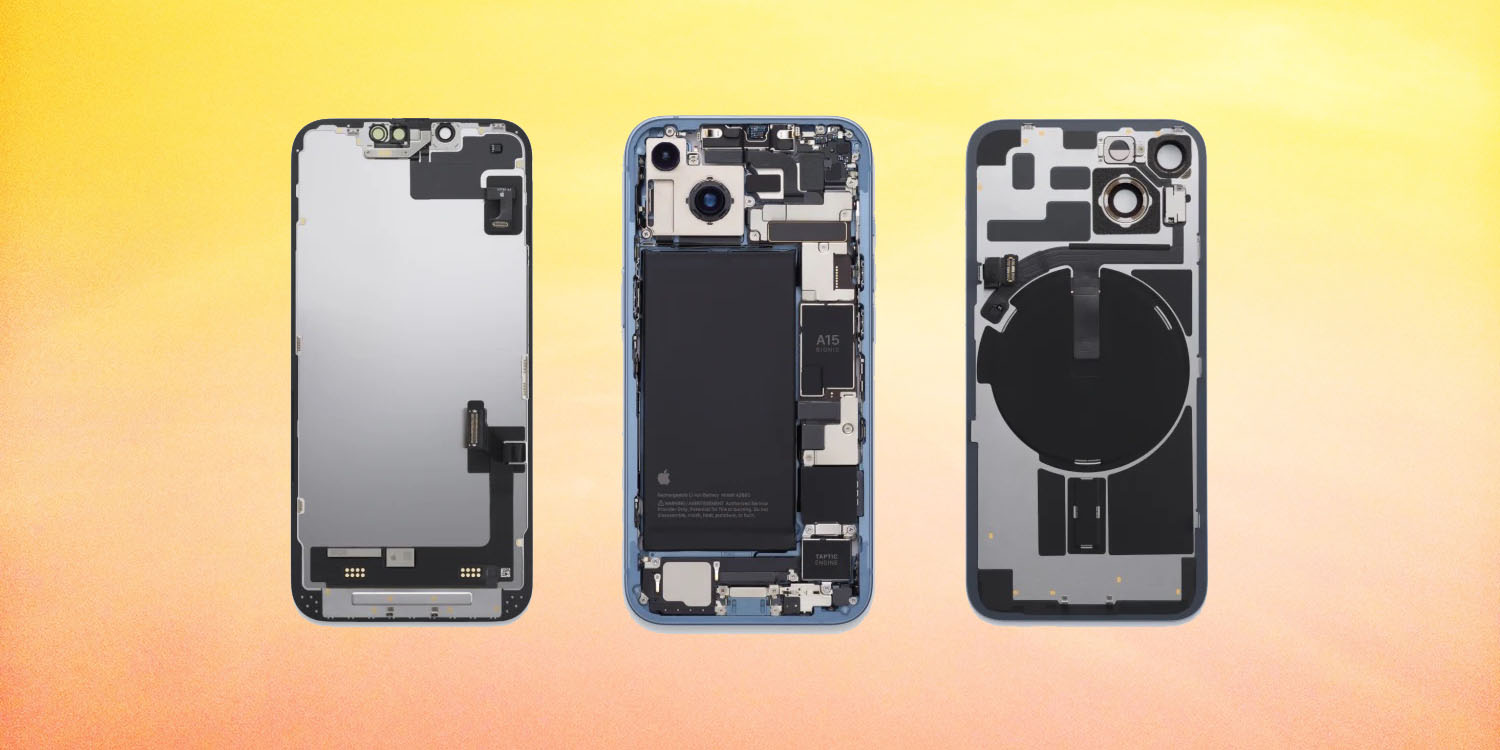
Apple’s senior director of iPhone design says that the base-model iPhone 14 is more powerful than the iPhone 13 Pro – despite having the same A15 chip.
The claim is made in a new interview, in which he says that the non-Pro iPhone 14 offers other significant benefits over its predecessor …
Background
Apple has historically given all new iPhones in the line-up the same A-series chip upgrade, from the mini (when that existed) to the Pro Max. Differentiation of the base and Pro models was achieved through things like camera features.
That changed last year, however, when the iPhone Pro models got the expected upgrade to the new A16 chip, while the iPhone 14 and iPhone 14 Plus are powered by the same A15 chip used in the iPhone 13.
Macworld has already made the point that the difference between the two chips is smaller than usual this year, and that the A16 is really more like an A15+. But Apple is now claiming that even the A15 offers more power this year.
iPhone 14 more powerful than iPhone 13
The claim is made by iPhone design director Richard Dinh in an interview with The Sydney Morning Herald. This is because the new model is less prone to thermal throttling.
The standard 14 models have better sustained performance than last year’s Pros, despite sharing the same chip, thanks to some internal shuffling […]
For the iPhone 14, the design changed drastically to include a central aluminum structure that acts as a backbone […]
“This central structural plane helps to dissipate more heat across the entire surface more consistently,” Dinh said.
Other advantages
Dinh also pointed to other reasons someone might want to upgrade from the iPhone 13 to 14.
While the iPhone 14 may look near identical to the iPhone 13 on the outside, it’s actually had a significant design overhaul, with benefits you might not immediately understand if comparing it with an older model. These include weight reductions, cheaper and easier repairability, and longer battery life. […]
“We were able to deliver a larger main camera than last year’s Pros, with a bigger sensor, better low-light performance, and there’s a brand new ambient light sensor in the back,” Dinh said […]
“This design also introduces our first four-sided stacked main logic board [which] really condenses all the iPhone 14 components in a smaller space and allows us to access the board from either side, for improved repairability.”
The iPhone 13, like models before it all the way back to the iPhone 8, required the display to be removed in order to access any internal components. With the iPhone 14, the back glass can be removed instead, facilitating easier repairs with less risk of damage. The tricky access on the older phones is the reason that the cost of repairing a screen fault has almost halved.
FTC: We use income earning auto affiliate links. More.






Comments